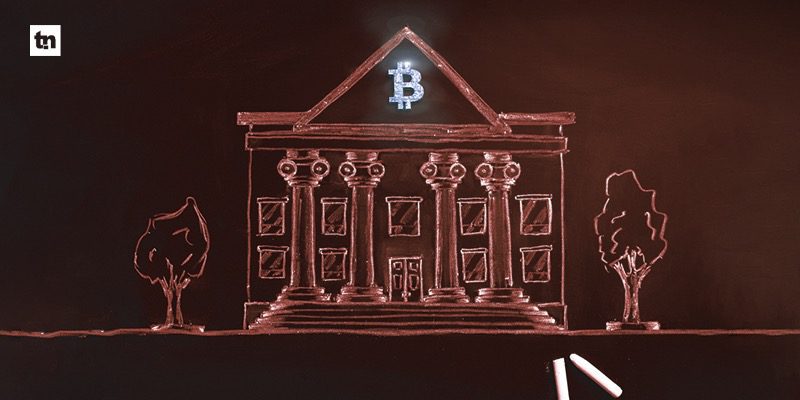The collapse of FTX has added to the list of endless unique terminologies used in the crypto industry. The latest crypto jargon in vogue is ‘Proof of Reserve.’
Proof of Reserve (PoR) hit the headlines recently when Changpeng Zhao, CEO of Binance, popularised the phrase in a November 9 tweet where he pledged to implement a PoR to provide “full transparency.” Also, last Friday, Binance made a publication to explain its Proof of Reserve system.
So, what is Proof of Reserve, why is it essential for investors, and why should you care? Let’s get to it in this week’s explainer.
What is Proof of Reserve (PoR)
Proof of Reserve is not a new concept in the broader financial world. Banks already use it globally to prove to their customers that they have sufficient funds to cover their deposits. However, it is just becoming mainstream in the blockchain space.
Read also :Crypto copy trading; all you need to know and why you should take advantage
A Proof of Reserve is a verifiable auditing process that contributes to increased transparency for centralised crypto exchanges. PoR verifies the fund reserves of crypto firms like Binance, Bitmama and others using cryptographic proofs, checking the legitimacy of public wallet entries and routine third-party audits.


In simpler terms, Proof of Reserve is a process by which an exchange verifies that it has sufficient reserves (fiat and cryptocurrency) to back its customers’ balances. These checks and balances ensure that a crypto company is in a solid financial position and that customer deposits can be matched.
It is also used to determine whether it has the reserve assets needed to serve all customers and that liquidity is maintained no matter the market conditions to avert unfortunate occurrences like the FTX crash.
Many leading exchanges like Binance, Coinbase and Kraken are now implementing this process to increase transparency and trust among their users.
How Proof of Reserve (PoR) works
The first step is for the exchange to create a cryptographic hash of the number of funds they have on hand. They then publish that hash alongside the number of funds held on their website. The accompanying link leads to a third-party audit report, which verifies that the published hash matches the funds held by the exchange. The hash is generated using a computer program randomly selecting a number between 0 and 100,000,000.
The exchange then takes this number and adds it to the funds held. Creating a new hash that can be published on their site. If an exchange employee misappropriates funds, they would have to guess the number that would be added to the funds held. This would be difficult to do since the hash is publicly available. Any discrepancy between the published hash and the funds held would be scrutinized.
Why you should care about PoR
PoR is essential because it is one of the policies that uphold the core tenet of the blockchain, which is transparency. It ensures that crypto custodians, exchanges and lenders do not engage in secretive financial transactions that put their customers’ funds at risk.
Proof of Reserve guarantees that a crypto lender does not loan out more money than the collateral it holds so that its lenders can be compensated in full if anything happens. This will stop unfortunate events like BlockFi, Celsius, 3ac and others that have filed for bankruptcy this year due to irregularities in fund management.
In conclusion, PoR will certify that your crypto exchange is in the custody of your trading funds/assets – which means you can withdraw them anytime you want without hiccups.
The controversy
Proof of Reserve guarantees that a crypto company has the assets to cover its liabilities. However, the downside is that it is only a single snapshot in time, not a live accounting of balances over time.
I


Read also: 3 self-custody wallets to safeguard your crypto assets following the FTX crash
Additionally, it only shows the on-chain assets of the custodian – it does not track where those assets come from (note that the assets could be borrowed for the audit). There are also talks that crypto firms might have off-chain liabilities or collude with the auditing team to doctor reports.
Bottomline
As the crypto space continues to go mainstream, it’s becoming increasingly important to protect investors from fraudulent exchanges, and Proof of Reserve is undoubtedly a step in the right direction.
Also, Proof of Reserve will feature prominently as a standard for credibility and trust as traditional banks and asset managers expand their services to include digital assets.






